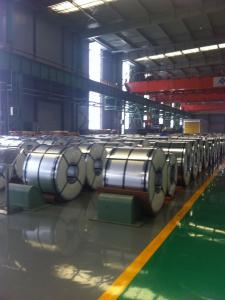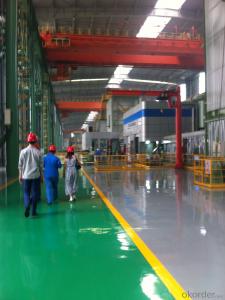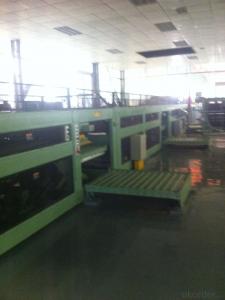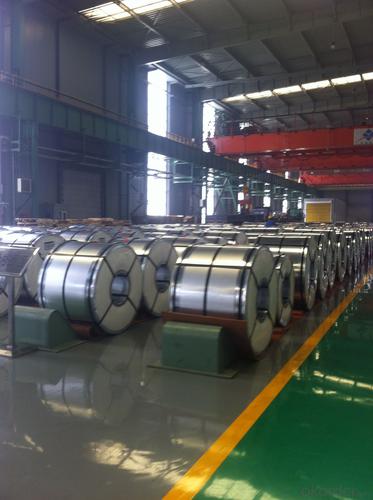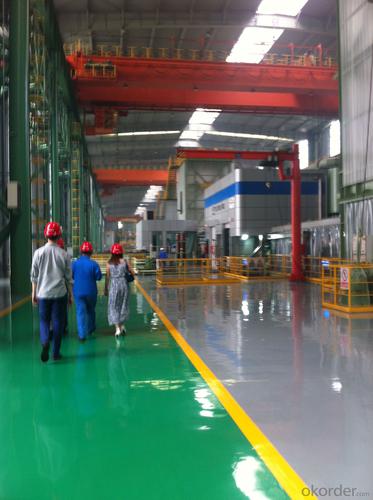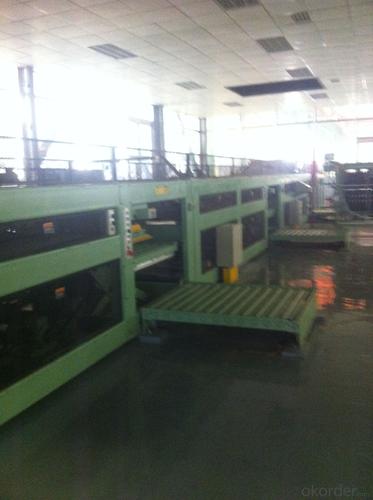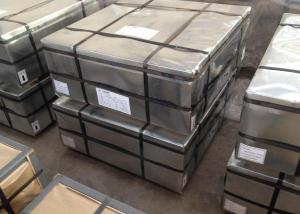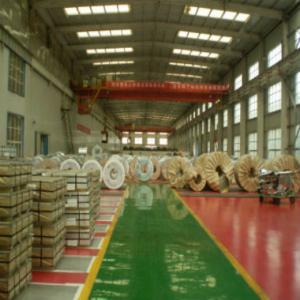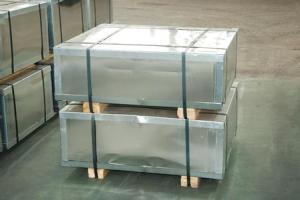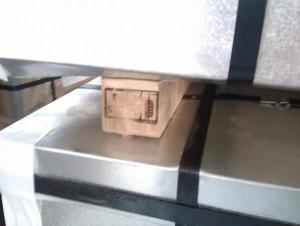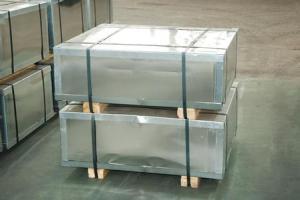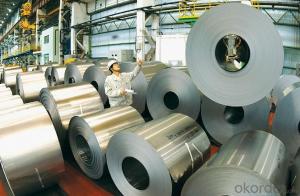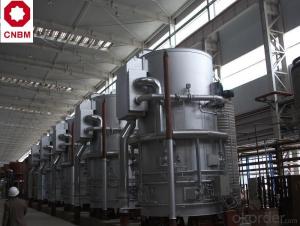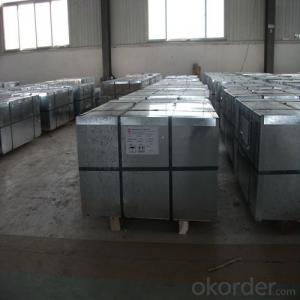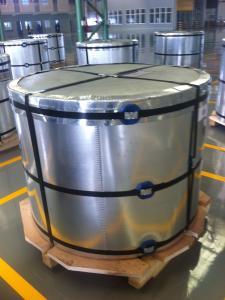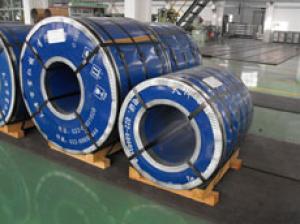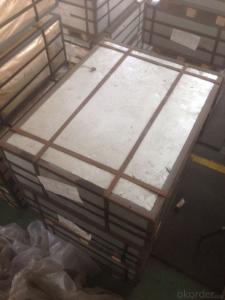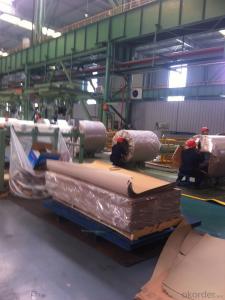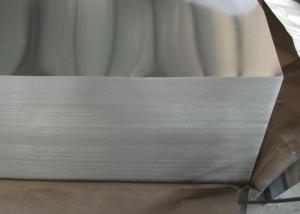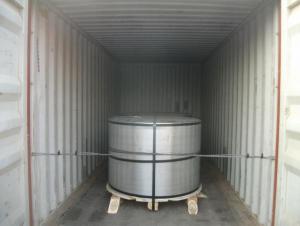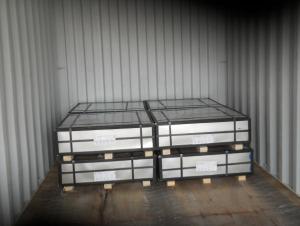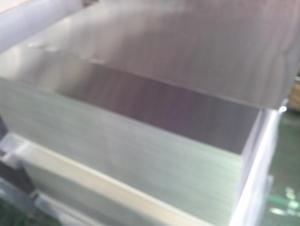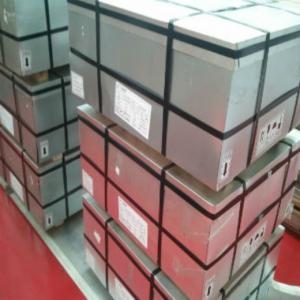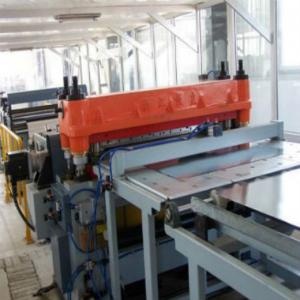Prime Quality Tinplate Sheets for 0.18mm MR
- Loading Port:
- Tianjin
- Payment Terms:
- TT OR LC
- Min Order Qty:
- 25 m.t.
- Supply Capability:
- 20000 m.t./month
OKorder Service Pledge
OKorder Financial Service
You Might Also Like
1.Structure Description
Electrolytic Tinplate Sheets is one of the metal packing materials, which is widely used for making painting cans ,chemical package cans , electrical cable ,battery and metal printing etc.
2. Main Features
Steady and high quality
Fast shipment
Good experience for export work
For the surface, Plate uniform in thickness,uniform and smooth tin coating, without flaws,rusts,scratch,wave,nick of tin coating etc.
Price competitive
3.Images
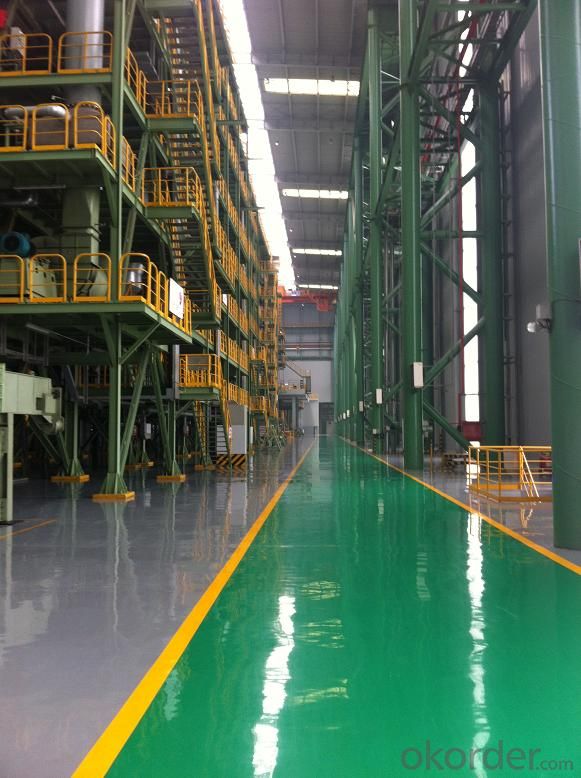
4. Specification
Standard : GB2520-2000 ,JIS G3303
Steel type : SPCC,MR
Coating : 2.8/2.8
Surface: Bright, Stone ,
Thickness:0.18
Width :600MM~1000MM
Temper : T1~T5,DR8
Package: tinplate wrapped completely with an inner cover of plastic or waterproof papers with vorners protected with metal angels.
5.FAQ
A. What is the package of tinplate? (Referred as below)
For sheets, thin plastic film + rust-proof paper + metallic cover + metallic angles+ steel band strips + fumigated wooden pallet.
For coil, thin plastic film + rust proof paper + metallic cover + steel band strips + fumigated wooden pallet
B. The surface of tinplate could you supply?
Stone finish, Bright finish, Matte finish, Silver finish
C. What quantity is the minimum order of tinplate?
Usually, the minimum quantity is 25MT. For special case, consult with us.
D. Can it make to be BA or CA for annealing?
Yes, both can do with.
E.Do you have other tin coating?
Yes, we can do with E2.8/2.8, E5.6/5.6,D2.8/5.6 etc.
- Q: Can tinplate be welded or soldered?
- Yes, tinplate can be both welded and soldered. Welding involves fusing two pieces of metal together using heat, while soldering involves joining metal components using a lower melting point filler material called solder. Tinplate, which is a thin sheet of steel coated with a layer of tin, can undergo these processes with appropriate techniques and materials.
- Q: Can tinplate be used for marine applications?
- Yes, tinplate can be used for marine applications. Tinplate is known for its excellent corrosion resistance, making it a suitable material for marine environments where exposure to saltwater and moisture is a concern. Additionally, tinplate's strength and durability make it ideal for various marine applications such as packaging, containers, and components for boats and ships.
- Q: What are the food safety regulations for tinplate packaging?
- The food safety regulations for tinplate packaging include ensuring that the tinplate used is food-grade and does not contain any toxic substances that could contaminate the food. The packaging should also be properly sterilized to prevent any bacterial growth. Additionally, tinplate packaging should be designed to prevent any leakage or contamination during storage and transportation.
- Q: What are the common closure mechanisms for tinplate containers?
- The common closure mechanisms for tinplate containers include screw caps, snap-on lids, and lever-lid closures.
- Q: What are the main differences between tinplate and tinplate laminates?
- The main difference between tinplate and tinplate laminates lies in their composition and structure. Tinplate is a steel sheet coated with a thin layer of tin, providing it with corrosion resistance and enhanced durability. On the other hand, tinplate laminates are constructed by bonding tinplate with other materials, such as plastic or paper, for additional functionalities. These laminates offer the combined advantages of tinplate and the secondary material, making them suitable for various packaging applications.
- Q: How do you clean the dust and trace oil on tin containers?
- Solvent cleaning: This is the traditional way, from the middle of the Qing Dynasty period have been used, it is with a cleaning agent such as solvent, steam coal, white oil (to waterlogging, water purifier, hydrocarbon and so on).
- Q: Can tinplate packaging be used for frozen or refrigerated goods?
- Yes, tinplate packaging can be used for frozen or refrigerated goods. Tinplate is a durable material that provides excellent protection against moisture and temperature changes, making it suitable for storing and transporting perishable items. It helps to maintain the freshness and quality of frozen or refrigerated goods, making it a popular choice in the food industry.
- Q: How is tinplate cleaned and maintained?
- Tinplate is commonly cleaned and maintained by using mild soapy water and a soft cloth to wipe away any dirt or stains. It is important to avoid using abrasive cleaners or scrub brushes that could damage the tin coating. Additionally, regular maintenance includes drying the tinplate thoroughly after cleaning to prevent rust formation and storing it in a dry place away from moisture or direct sunlight.
- Q: How does tinplate perform in terms of temperature resistance?
- Tinplate performs well in terms of temperature resistance, as it can withstand high temperatures without losing its structural integrity or experiencing significant changes in its physical properties.
- Q: What are the environmental impacts of using tinplate?
- The environmental impacts of using tinplate include deforestation, energy consumption, and pollution. The production of tinplate often requires large amounts of timber for the production of charcoal, resulting in deforestation and habitat destruction. Additionally, the manufacturing process of tinplate involves high energy consumption, which contributes to greenhouse gas emissions. Furthermore, the use of chemicals in the production and coating of tinplate can lead to water and soil pollution if not properly managed.
Send your message to us
Prime Quality Tinplate Sheets for 0.18mm MR
- Loading Port:
- Tianjin
- Payment Terms:
- TT OR LC
- Min Order Qty:
- 25 m.t.
- Supply Capability:
- 20000 m.t./month
OKorder Service Pledge
OKorder Financial Service
Similar products
Hot products
Hot Searches
Related keywords
